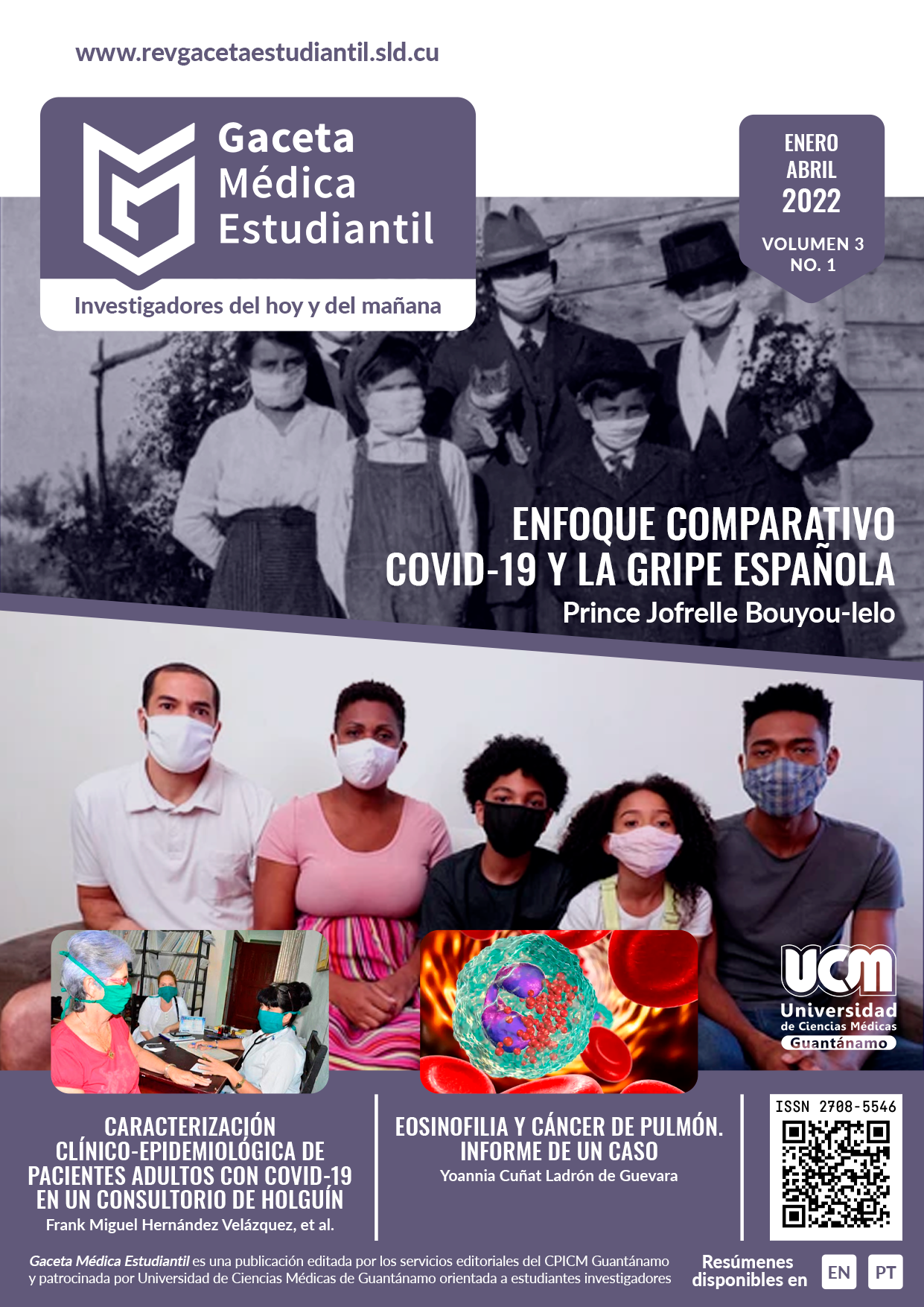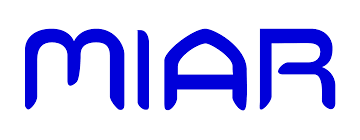Exposure to contaminated sharps among operators in dental surgery clinics
Keywords:
accidents, exposure, sharps, level of knowledge, biohazardAbstract
Introduction: health care workers are constantly exposed to injuries attributable to sharps in their day-to-day work, and when this occurs there is a risk of contracting a disease that can be transmitted by blood or fluids containing in such tools. Objective: determining the prevalence of accidents attributable to sharps in students of Oral Surgery clinics. Method: a descriptive cross-sectional study was carried out among students of stomatology, who are coursing the Oral Surgery II component at the National Autonomous University of Nicaragua. It was performed a probabilistic sampling, and 25 people were selected as sample, 19 of them were applicable for the study. Result: the 94.7% of personnel surveyed reported suffered, at least, one accidental injury, and 36.8% of them on 2 to 4 times. The needle and scalpel were the objects with the highest incidence (21.2 % of event) in contrast there was low notification to the department or mentor in charge, since 42.1 % did not report the accident. Conclusions: most of the students have suffered 2 or more accidents with sharps, most frequently with scalpel and needle, corresponding from the exposure to risk of percutaneous accident event.
Downloads
References
Cazares de León F, Treviño Taméz MA, Soto Gámez DE, Sánchez Márquez MC. Magni-tud del riesgo por accidentes con objetos cortopunzantes en la consulta odontológica. Univ Odontol [Internet]. 2019 [citado 13 Mar 2022]; 38(80). Disponible en: https://revistas.javeriana.edu.co/index.php/revUnivOdontologica/article/view/25640
Angulo Landazury L, Barón Paredes JM, Cudriz Cervantes VA. Prevalencia de factores relacionados a los accidentes con instrumental cortopunzante en los estudiantes de la clínica odontológica de la Universidad del Magdalena periodo 2009 I [Tesis de Odontología]. Santa Marta Magdalena: Universidad del Magdalena; 2009 [citado 13 Mar 2022]. Disponible en: http://repositorio.unimagdalena.edu.co/jspui/handle/123456789/459
Arrieta-Vergara K, Díaz-Cárdenas S, González-Martínez F. Prevalence of occupational accidents and related factors in students of dentistry. Rev Salud Púb (Bogota) [Internet]. 2013 [citado 13 Mar 2022];15(1):23-31. Disponible en: http://www.scielo.org.co/pdf/rsap/v15n1/v15n1a03.pdf
Junco Díaz RA, Oliva Pérez S, Barroso Uria I, Guanche Garcell H. Riesgo ocupacional por exposición a objetos cortopunzantes en trabajadores de la salud. Rev Cubana Hig Epidemiol [Internet]. 2003 [citado 13 Mar 2022]; 41(1). Disponible en: http://www.revepidemiologia.sld.cu/index.php/hie/article/view/776
Collins CH, Kennedy DA. Peligros microbiológicos de las lesiones por pinchazos con agujas y objetos cortopunzantes en el trabajo: una revisión. J Appl Bacteriol. 1987; 62(5):385-402.
Adegbaye AA, Moss EB, Soyinka F, Kreiss JK. La epidemiología de los pinchazos con agujas y los accidentes con instrumentos afilados en un hospital de Nigeria. Control Infec Hosp Epidemiol. 1994; 15(1): 27-31.
Gutiérrez C, Alarcón J, Sánchez S, Carrión M. Prevalencia y factores asociados a heridas punzo-cortantes en trabajadores de salud del primer nivel de atención. Rev Peru Epidemiol. 2008; 12(2): 1-9.
Turon H, Santiago D, Tenempaguay S y Leonardo J. Evaluación del manejo de inyecciones seguras a las enfermeras y enfermeros que trabajan en el Servicio de Cirugía Mujeres del Hospital Provincial General Pablo Arturo Suárez de la ciudad Quito en el período noviembre 2015- febrero del 2016. [Tesis de Enfermería]. Quito: UCE; 2016.
Downloads
Published
How to Cite
Issue
Section
License
Copyright (c) 2023 Sofia del Pilar-Pereira, Kayra Fernanda-Teran, María Fernanda Vega-Gomez

This work is licensed under a Creative Commons Attribution-ShareAlike 4.0 International License.
The Gaceta Médica Estudiantil magazine provides immediate Open Access to its content. It is published under a Creative Commons Attribution-NonCommercial 4.0 International (CC BY-NC) license, which allows sharing (copying and redistributing the material in any medium or format) and adapting (remixing, transforming, and building upon the material), under the terms of acknowledge authorship and not make commercial use of the materials.












